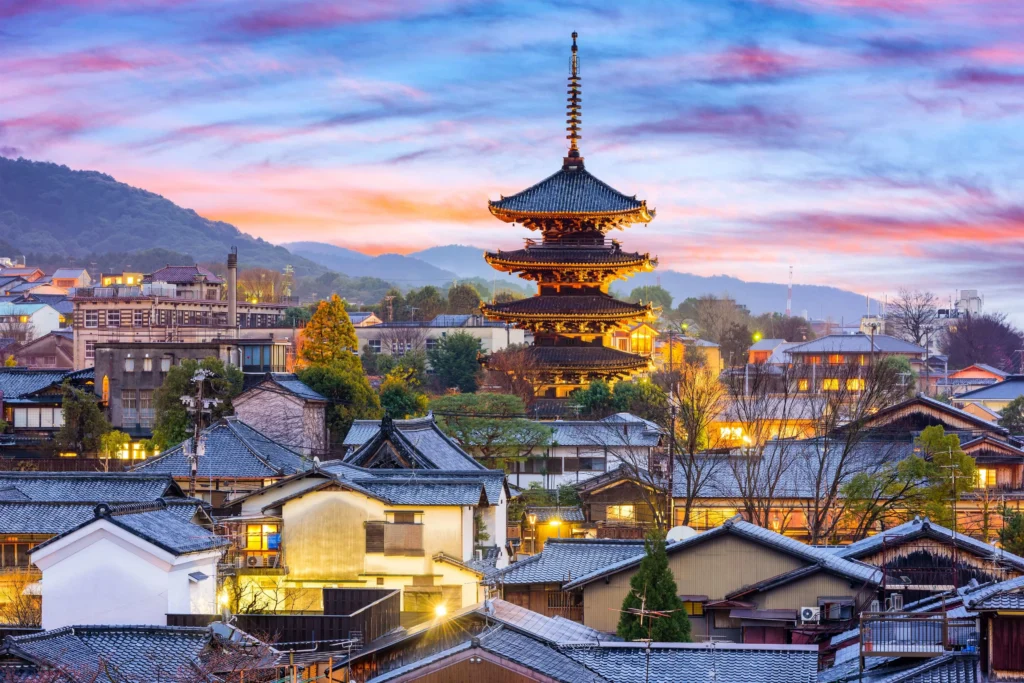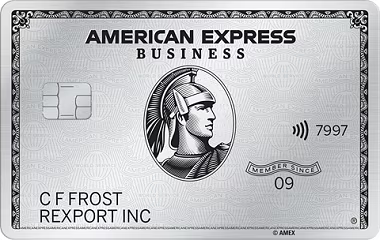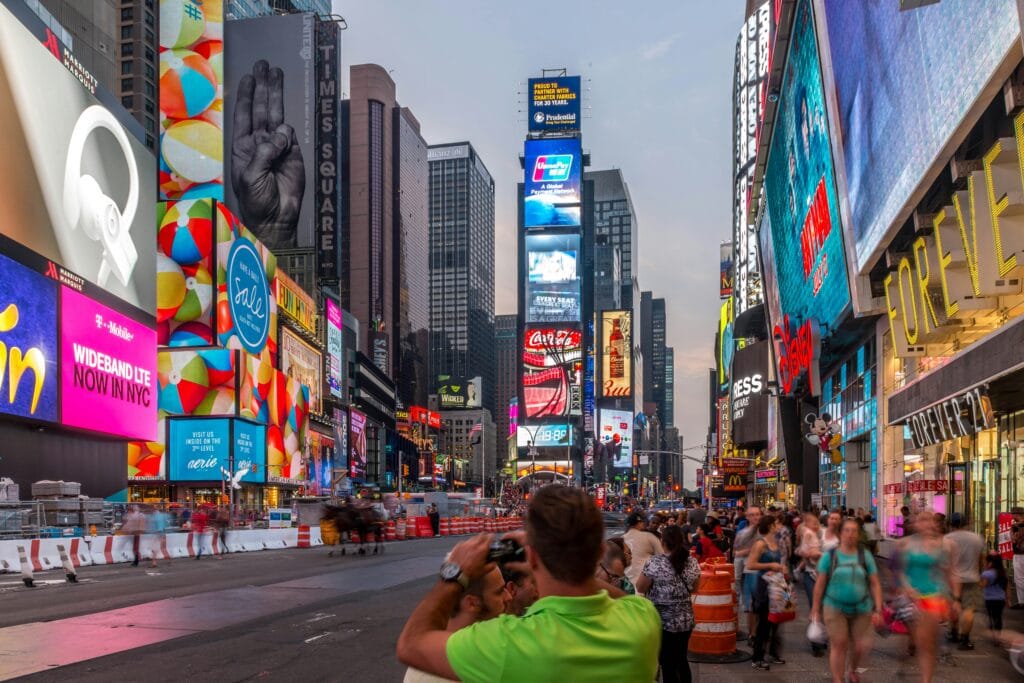Traveling to Tokyo offers a fascinating encounter with rich customs, modern technologies, and energetic culture. Here are some key Tokyo travel tips to help you maximize your trip:
Planning to visit Tokyo?
- Booking Hotels: Booking.com, Agoda, MakeMyTrip and Hostelworld.
- Booking Cheap Flights: Skyscanner and Cheapflights.
- Booking Tours: Viator and GetYourGuide.
- Renting a Car: Discover Cars.
- Travel Insurance: Heymondo. Get 5% off today!
1. Public Transport of Tokyo
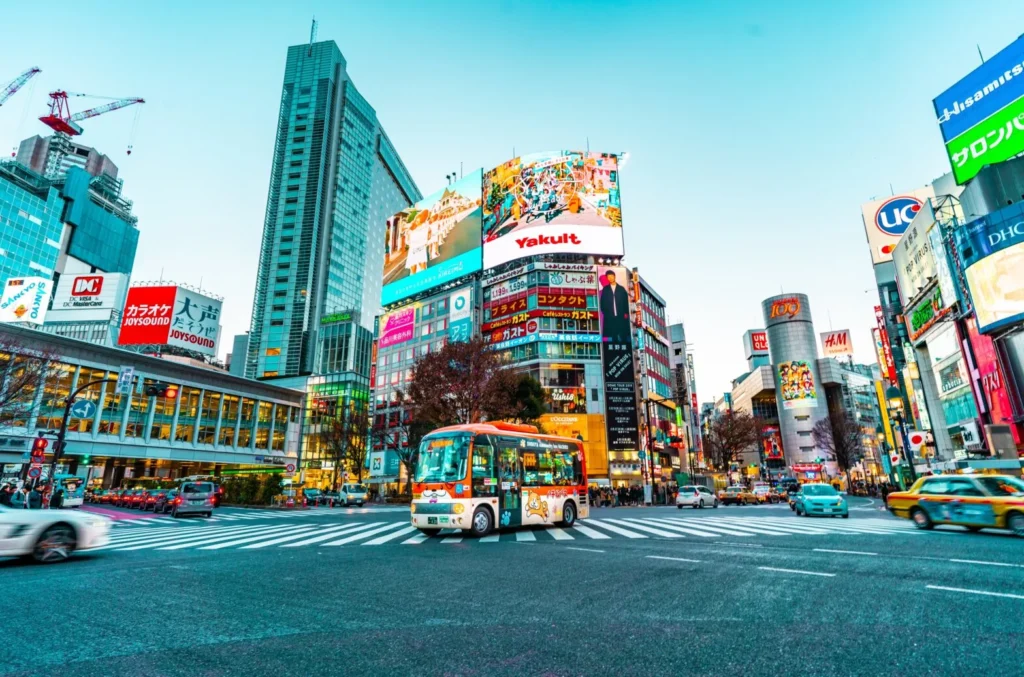
Among the most sophisticated and comprehensive public transportation systems in the world is Tokyo’s own. This is how you negotiate it successfully:
Acquire a Suica or Pasmo card. Riding trains, subways, and buses is simple with these prepaid IC cards. Convenience businesses and vending machines also find use for them.
JR Pass Contempo: Particularly for long-distance Shinkansen (bullet train) travel, a Japan Rail Pass might save you money if you want to travel outside of Tokyo.
Peak Time: Steer clear of rush hour (7:30–9:30 AM and 5:00–7:00 PM) rail congestion.
Apps for navigation: Plan your path using NavitIME programs including Google Maps, Hyperdia, or Japan Travel by NAVITIME.
2. Language Barrier in Tokyo

Though many signs are written in English, not everyone speaks the language fluently. Here are some suggestions:
Discover Simple Phrases: Very useful are simple sentences like “Summaryasen,” (excuse me), “Arigato gozaimasu,” (thank you), and “Eigo ga wakarimasu ka?,” (Do you understand English?).
Translation Tools: For immediate translations, use Google Translate or Papago.
Using gestures and pointing: Many Japanese folks are used to aiding visitors; pointing at menus or maps will go a lot of distance.
3. What works better in Tokyo | Cash vs. Card
Especially in smaller businesses, Japan is still a cash-dependent nation.
Convenience stores like FamilyMart and 7-Eleven have ATMs accepting international cards.
Certain traditional stores, temples, and smaller eateries might not take credit cards for smaller purchases.
Suica or Pasmo cards can also be used for little purchases at vending machines and businesses.
4. Tokyo’s Etiquette & Cultural Norms
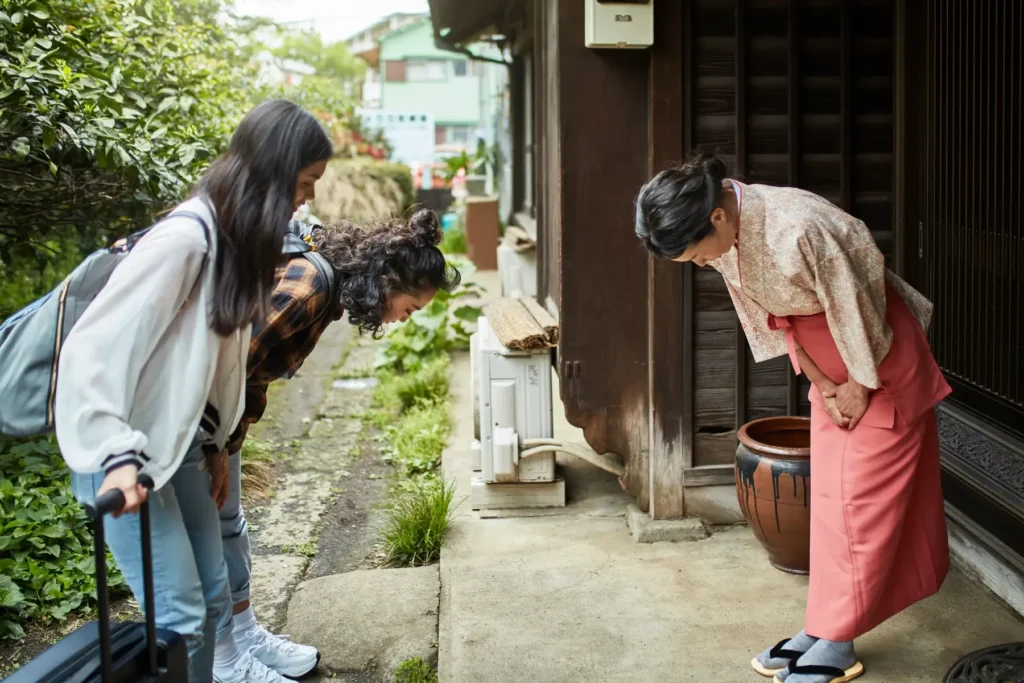
In Japan, respect of regional customs is crucial. Remember these:
A typical greeting and a sign of respect is a little bow.
Always take off shoes before visiting residences, traditional hotels, and some eateries.
Speaking loudly on trains is regarded as rude.
Tipping is not expected in Japan and could possibly be considered as impolite.
5. Connectivity & Navigation in Tokyo
If I can only share one tip from this blog. This would be it: Purchase a SIM card for your trip! Having an internet connection wherever you go makes traveling in Tokyo SO much easier.
An easy travel experience depends on constant connection.
Rent a Pocket Wi-Fi: provides consistent, fast internet all during your journey.
Look into getting a prepaid SIM card from a convenience store or airport.
Free Wi-Fi Spot: Found in many hotels, cafés, and rail stations, but coverage might not be uniform.
6. Food & Dining Tips for Tokyo Trip
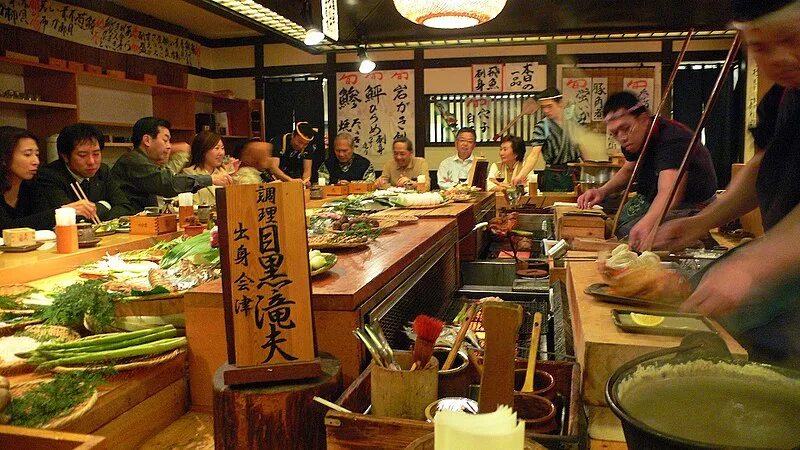
Though Tokyo is a food lover’s dream come true, good dining manners is crucial.
Many eateries employ vending machines for ordering; enter cash, choose your meal, then present the ticket to the staff.
Eating while walking in public areas is thought to as rude.
Chopstick Etiquette: Never stick chopsticks upright in rice or pass food between chopsticks, as these are associated with funeral rituals.
Some well-known eateries ask for bookings weeks or even months ahead.
7. Shopping & Tax-Free Shopping in Tokyo

From luxury couture to oddball mementos, Tokyo presents amazing shopping options.
Tax-Free Shopping: Tax-free shopping stores demand a passport and the entire purchase must be more than 5,000 yen.
Convenience stores (Konbini) include FamilyMart, Lawson, and 7-Eleven have everything from snacks to ticket for attractions 24-hour.
Shopping is best done at Ginza, Shibuya, and Shinjuku.
8. Safety & Emergency Information
Though Tokyo is among the safest places on Earth, crises can nonetheless strike any city.
Police have emergency numbers 110; ambulance or fire has numbers 119.
Japan is prone to earthquakes; become familiar with emergency protocols.
Tokyo’s lost and found system is quite effective; missing objects are usually turned in to police stations.
9. Best Time to Visit Tokyo
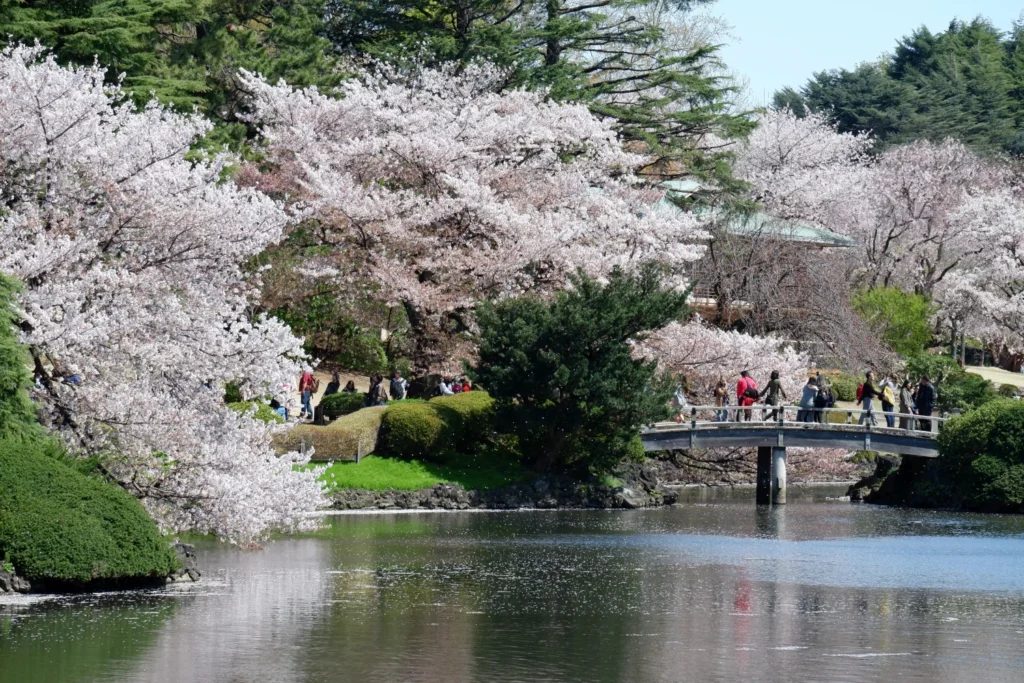
What you wish to see will determine when would be the ideal time to travel Tokyo.
Cherry blossoms bloom in Spring (March-May), therefore marking the busiest travel season.
Summer (June–August): Festivals abound but hot and muggy.
Check out the best time to visit Tokyo
Beautiful autumn leaves and mild weather define Autumn (September-November).
Winter (December–February) will bring cool temperatures accompanied by Christmas illuminations and neighbouring snow adventures.
10. Must-See Attractions & Experiences in Tokyo
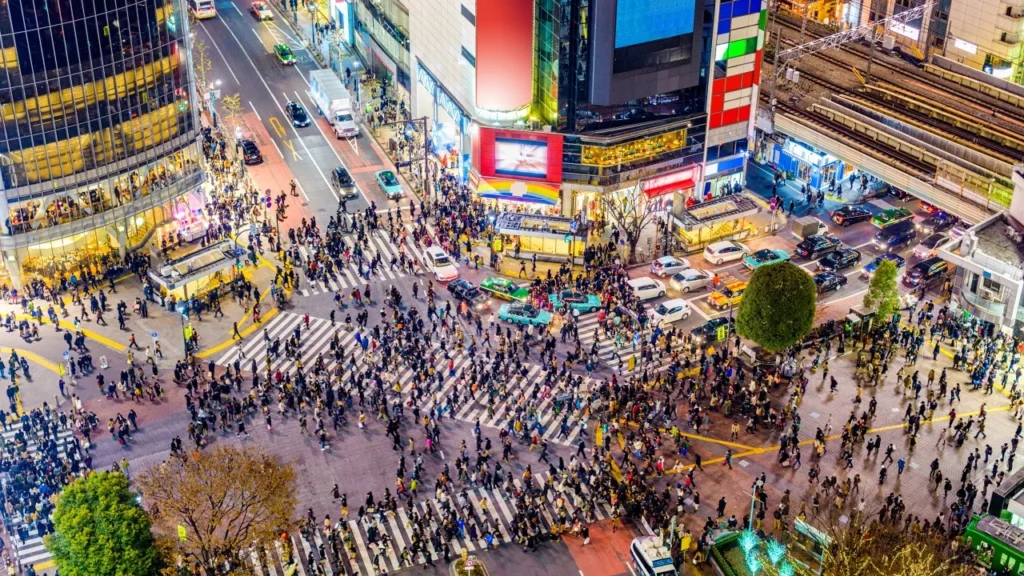
Experience the world’s busiest pedestrian crossing, Shibuya Crossing.
In the middle of the city, Shinjuku Gyoen offers a quiet heaven.
Paradise for gamers, gadgets, and anime, Akihabara.
Visit Tsukiji Outer Market to sample street cuisine and fresh sushi.
The oldest temple in Asakusa Tokyo, Senso-ji Temple.
The TeamLab Planets are an interactive digital art museum.
Mt. Fuji Day Trip, accessible from Tokyo for an amazing experience.
11. Bring comfortable walking shoes with you
Tokyo has an excellent public transportation system, but taxis are pricey. That will mean you’ll be doing a lot of walking around the city. Be sure to bring comfortable walking shoes—you’ll be thankful you did!
12. Traveling solo to Tokyo
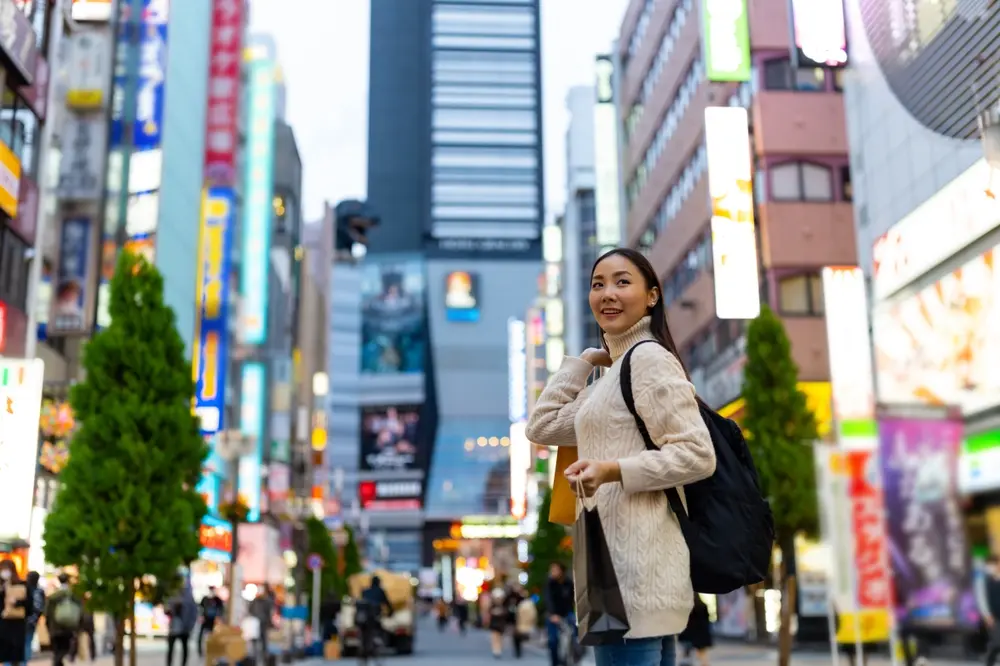
Don’t worry about traveling solo to Tokyo! – It’s one of the safest and most exciting cities to explore alone. With friendly locals, easy public transport, and endless things to see, you’ll never feel out of place. Enjoy the adventure at your own pace!
13. Don’t Forget Travel Insurance
I never travel abroad without travel insurance. It gives full coverage in case something goes wrong (ie. illness, injury, theft, and cancelations, etc.). I utilize it often for my travels to remain covered.

